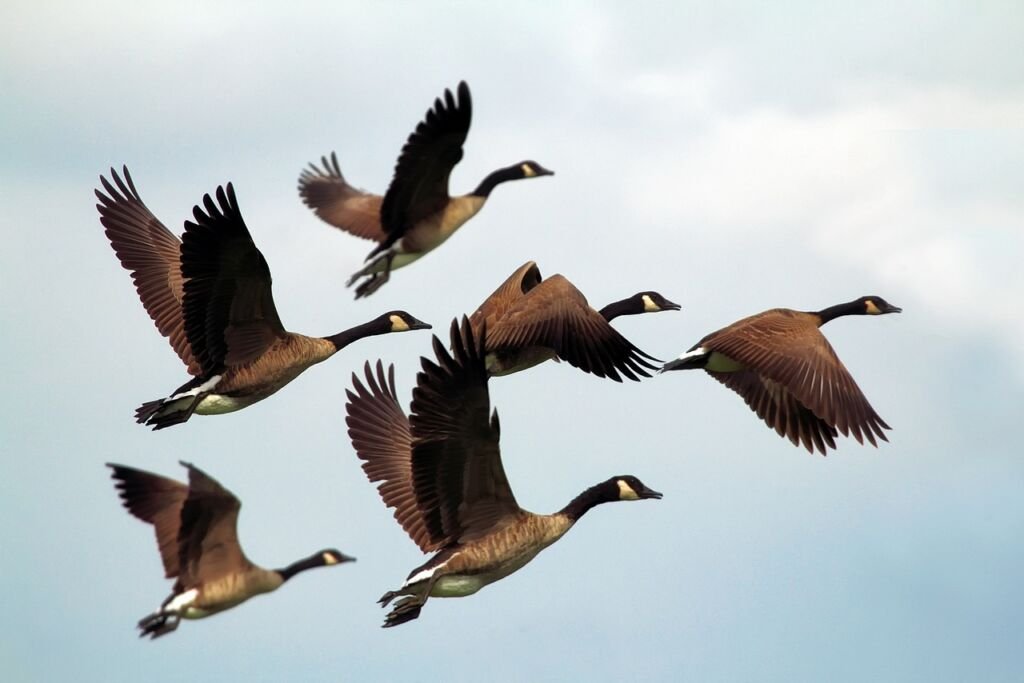The migration of birds and other animals is one of nature’s most fascinating phenomena. Every year, millions of animals travel thousands of miles to reach their breeding or wintering grounds, and they do so with remarkable accuracy. But how do these animals navigate such long distances, and what tools do they use to guide themselves? In this post, we’ll explore the mystery of migration and take a closer look at the amazing strategies that animals use to navigate their way across the globe.
1. The basics of migration
Migration is a behavior that is observed in many different species, including birds, mammals, insects, and fish. It typically involves a long-distance journey from one location to another, usually to take advantage of seasonal changes in food or breeding opportunities. Some animals migrate individually, while others travel in large groups or flocks.
2. Navigation strategies

Animals use a variety of strategies to navigate during migration. Some rely on their sense of sight or smell to find their way, while others use the Earth’s magnetic field, the position of the sun, or the stars to guide themselves. For example, birds have a built-in magnetic compass in their eyes that allows them to sense the Earth’s magnetic field, which they use to navigate. Other animals, such as whales and dolphins, use echolocation to map their surroundings and find their way.
3. Other factors that influence migration
In addition to navigation strategies, there are other factors that can influence migration. These include weather patterns, food availability, and the location of breeding and wintering grounds. Some animals, such as monarch butterflies, rely on specific plant species for food and breeding, and will only migrate to locations where these plants are present.
4. Challenges of migration
Migration is not without its challenges. Animals must navigate long distances, often across hostile terrain, and face the risk of predators, starvation, and exhaustion. They must also deal with changing weather conditions and other environmental factors that can disrupt their journey. For example, many bird species are threatened by habitat loss and climate change, which can disrupt their migration patterns and endanger their survival.
Conclusion:
Migration is a remarkable behavior that is observed in many different animal species. The ability of animals to navigate such long distances with remarkable accuracy is a testament to the incredible power of nature. By understanding the navigation strategies and other factors that influence migration, we can gain a greater appreciation for the complexity of this behavior and the challenges that animals face during their journey. Whether you’re watching a flock of geese fly overhead or tracking the migration of a humpback whale, the mystery of migration is sure to leave you in awe.
